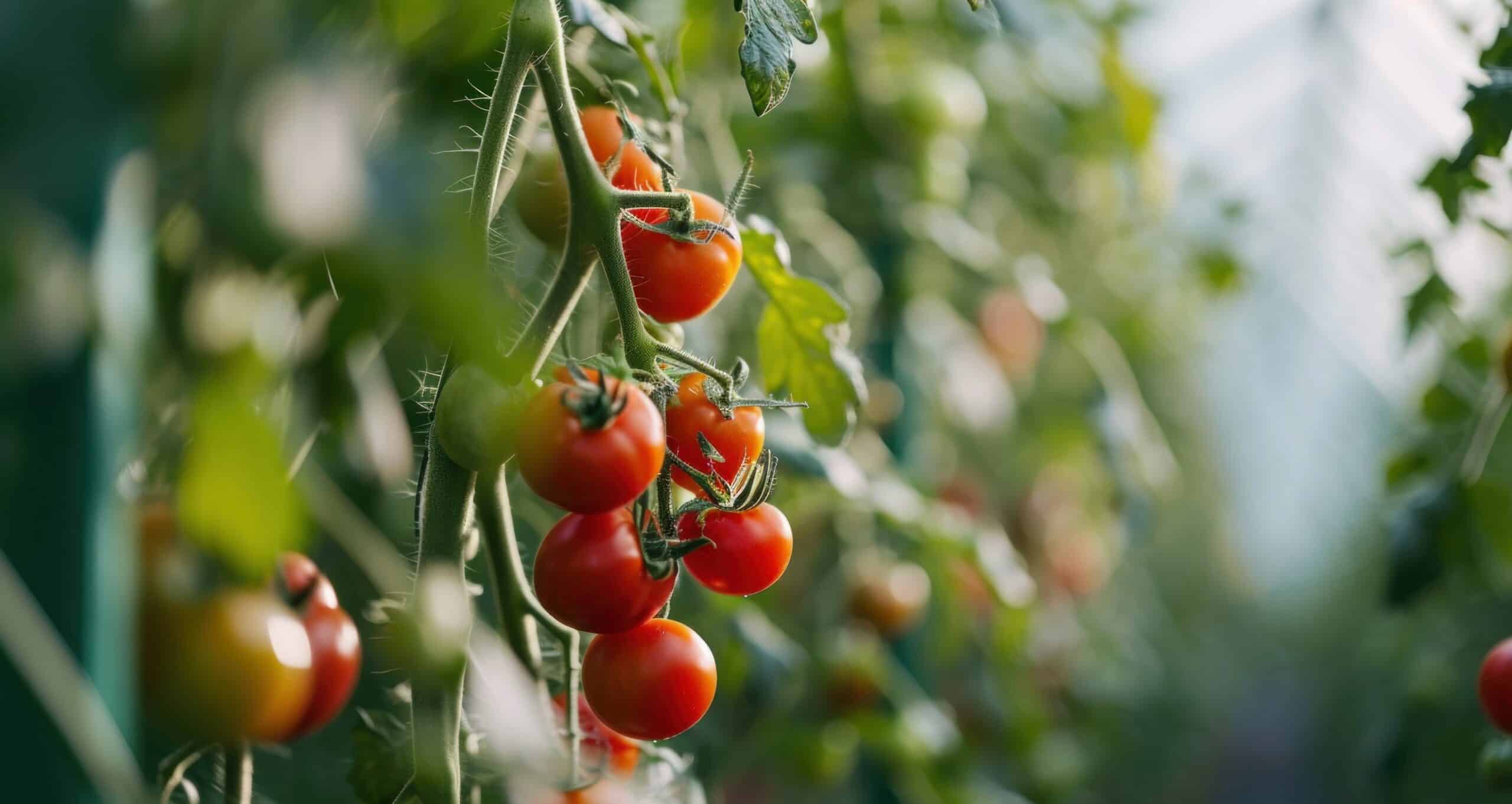What should you not plant near tomatoes?
Key Takeaways
- The Cole Crop (Brassica) family, including broccoli, Brussels sprouts, cabbage, cauliflower, collard greens, and kale, should not be planted near tomatoes.
- Brassicas deplete the soil of essential nutrients that tomatoes need to grow and can spread diseases and pests to tomatoes.
- Alternative companion plants for tomatoes include basil, borage, radishes, thyme, legumes, dill, crimson clover, sunflowers, collard greens, and sweet alyssum.
When it comes to gardening, choosing the right companion plants for your vegetables is crucial for their growth and overall health. Companion planting involves strategically placing plants together to benefit one another, such as repelling pests or improving soil quality. While some plants thrive when planted alongside tomatoes, others can have a detrimental effect on their growth and yield. Let’s explore which plants you should avoid planting near tomatoes to ensure a successful harvest.
The Cole Crop (Brassica) Family
One group of plants that should not be planted near tomatoes is the Cole Crop family, also known as the Brassica family. These plants include broccoli, Brussels sprouts, cabbage, cauliflower, collard greens, and kale. The reason for this is that members of the Brassica family are heavy feeders, meaning they require a lot of nutrients from the soil. They can deplete the soil of essential nutrients that tomatoes need to grow and produce fruit.
Additionally, tomatoes and Brassicas are susceptible to similar diseases and pests. Planting them together increases the risk of cross-contamination and the spread of diseases. To prevent these issues, it’s best to keep tomatoes and Brassicas separated in the garden.
Why Avoid Planting Brassicas Near Tomatoes?
Brassicas have specific nutrient requirements and can take up a significant amount of nitrogen from the soil. This can lead to a nitrogen imbalance, affecting the growth and development of tomatoes. Inadequate nitrogen levels can result in stunted growth, reduced fruit production, and overall poor health of the tomato plants.
Furthermore, Brassicas are susceptible to many of the same pests as tomatoes, such as aphids, caterpillars, and whiteflies. When planted together, these pests can easily spread between the two plant groups, leading to increased pest pressure and potential damage.
Alternative Companion Plants for Tomatoes
While Brassicas should be avoided, there are many other plants that make excellent companions for tomatoes. These plants can provide benefits such as pest control, improved soil fertility, and enhanced flavor for your tomato plants. Some of the best companion plants for tomatoes include:
- Calendula
- Chives
- Black-eyed peas
- Radishes
- Sage
- French marigolds
- Nasturtiums
- Cilantro
- Oregano
- Parsley
- Crimson clover
- Lavender
- Sunflowers
- Zinnias
- Asparagus
- Basil
- Borage
- Carrots
- Garlic
- Sweet alyssum
- Thyme
These companion plants can attract beneficial insects, deter pests, improve soil health, and enhance the flavor of your tomatoes. Incorporating them into your garden can create a more diverse and harmonious ecosystem, benefiting both your tomatoes and the surrounding plants.
Conclusion
When it comes to planting tomatoes, it’s important to consider the companions they are surrounded by. Avoid planting members of the Cole Crop (Brassica) family, such as broccoli, Brussels sprouts, cabbage, cauliflower, collard greens, and kale, near tomatoes. These plants can deplete the soil of vital nutrients and increase the risk of disease and pest problems. Instead, opt for companion plants like basil, borage, radishes, thyme, legumes, dill, crimson clover, sunflowers, collard greens, and sweet alyssum, which can provide numerous benefits to your tomatoes while promoting a healthy and thriving garden.
Related Websites:
FAQs:
Q: What is companion planting and why is it beneficial?
Companion planting is the practice of planting different crops together to enhance their growth and protect them from pests. It promotes plant health, improves pollination, and increases yields, making it a beneficial gardening technique.
Q: Which plants should I avoid growing near tomatoes?
There are certain plants you should avoid growing near tomatoes. Brassicas, such as cabbage, broccoli, and cauliflower, should be kept away due to their strong odor that attracts pests harmful to tomatoes. Nightshades like peppers, potatoes, and eggplants should also be avoided as they are susceptible to similar diseases and pests.
Q: Which companion plants are beneficial for tomatoes?
There are several beneficial companion plants for tomatoes. Marigolds, for example, deter nematodes and repel aphids. Basil improves tomato flavor and repels mosquitoes. These companion plants enhance tomato growth and help protect them from pests.
Q: What are some practical tips for successful companion planting?
To succeed in companion planting, consider the specific conditions of your garden. Follow general guidelines such as proper spacing and avoiding overcrowding. Research compatible plants for tomatoes and their specific benefits. Experiment and adapt your approach based on your observations and gardening goals.
Q: Why is companion planting important for healthy tomato growth?
Companion planting is important for healthy tomato growth because it improves plant health, enhances pollination, and provides natural pest control. By planting compatible crops near tomatoes, you can create a balanced ecosystem that maximizes their growth potential.






